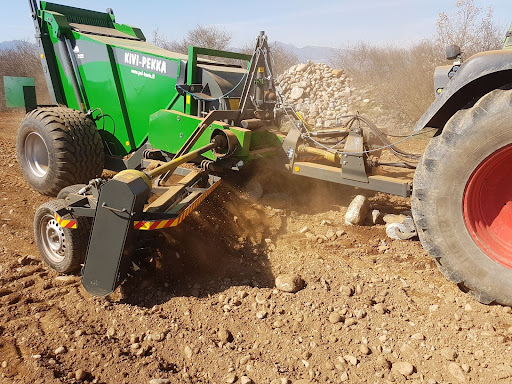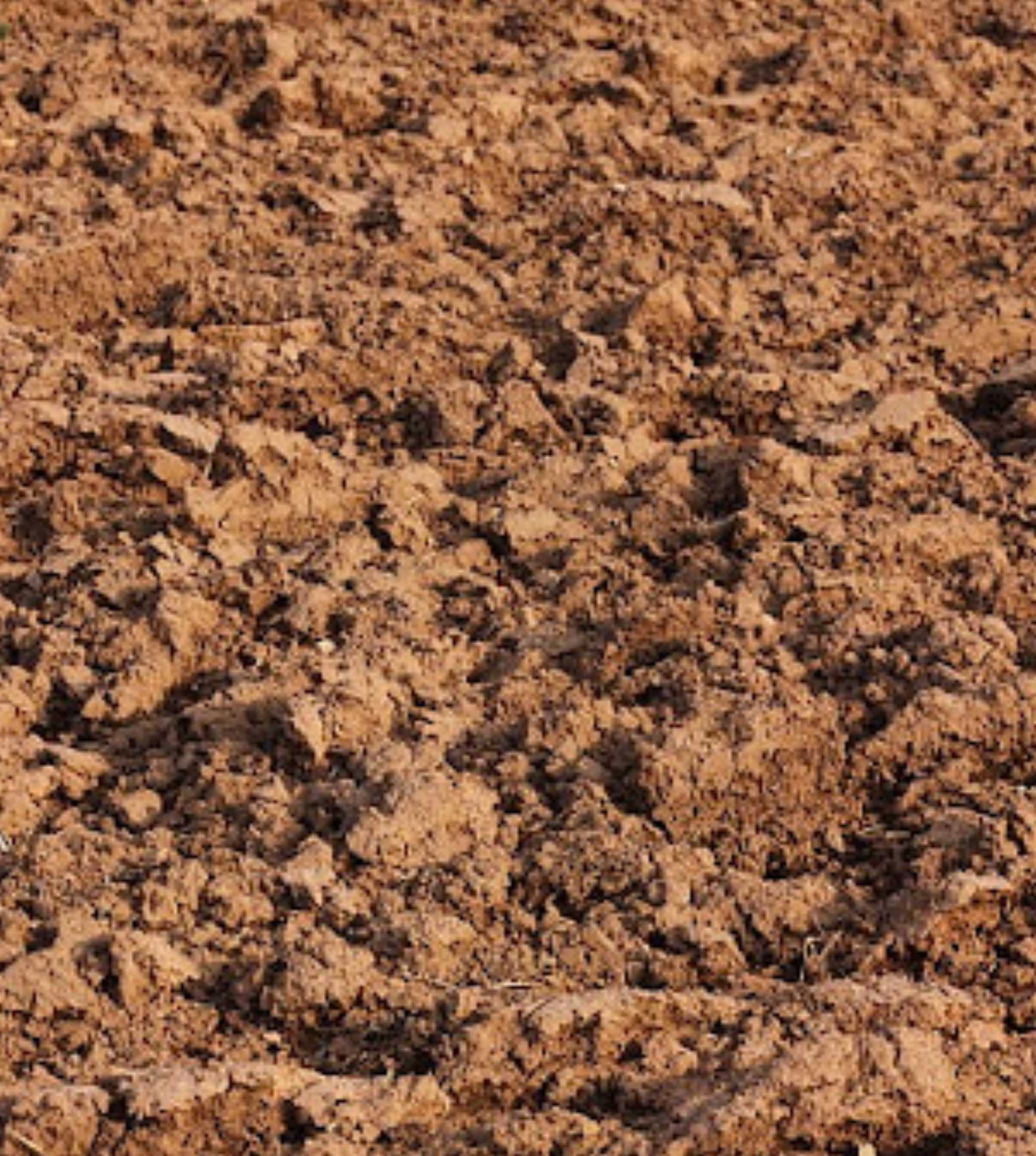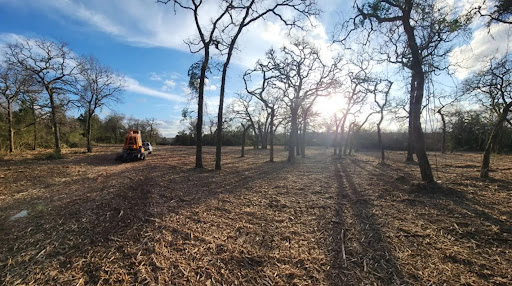Texas Clearing - Your Rock Removal Services Partner
Rock removal is a critical aspect of land clearing and landscaping, essential for both aesthetic and practical purposes. At Texas Clearing, we understand the challenges and intricacies involved in removing unwanted rock from your property. Our expertise in this area ensures efficient and effective rock removal, tailored to your specific needs.
You should read this article because it offers a comprehensive guide on rock removal, detailing everything from the types of rocks that can be removed to the equipment needed, making it an essential read for anyone looking to clear their land effectively.

I’ll answer the following questions:
- What is rock removal?
- How are rocks removed from different landscapes?
- What equipment is needed for rock removal?
- How do farmers remove rocks from their fields?
- What is the process of rock milling?
- How do rock removal services handle driveway stones and debris?
- What are the logistics of rock removal for landscape projects?
- How should you choose the right junk removal service for rock disposal?
Let’s dive into the nitty-gritty of rock removal, so you know exactly what you’re getting into.
Definition of Rock Removal
Rock removal is the process of eliminating unwanted rock formations from a landscape or construction site. This can involve anything from small landscape rocks to larger stones and boulders. The need for rock removal can arise for various reasons, such as preparing a site for construction, enhancing the aesthetic appeal of a landscape, or removing obstacles for agricultural purposes. The complexity and costs of rock removal can vary greatly depending on the size and type of rocks, the location, and the methods used.
Overview of Rock Removal Problems
Unwanted rock in your landscape can hinder construction projects, affect soil quality, and disrupt the aesthetic harmony of your land. Whether it’s ledge rock, larger boulders, or decorative rock, removing these elements requires a strategic approach. Our experience in handling various types of rocks ensures that we can tackle any rock removal challenge.
It’s also vital to consider the surrounding obstacles. Tree trimming is an essential preparatory step in rock removal, especially in residential areas or near power lines. Properly trimmed oak trees reduce the risk of damage during the rock removal process and ensure the safety of the workers and equipment. If you’re planning a rock removal project and need expert oak tree trimming services, Texas Clearing’s oak tree trimming services are your go-to solution.


What Is Rock Removal?
Rock removal refers to the process of clearing rocks and boulders from an area to make it suitable for specific uses like construction, landscaping, or farming. This task can range from removing small landscape rocks to hauling away larger stones and boulders. It often involves a combination of manual labor and the use of specialized equipment. The process is essential in areas where rocks can impede construction schedules or damage equipment during agricultural activities.
Types of Rocks That Can be Removed
Rock removal involves clearing different types of rocks, including landscaping rocks, larger rocks, and even boulders. Each type requires a specific approach. For instance, removing larger boulders, like loose boulders or medium-sized boulders, might need heavy equipment, while landscaping rocks can often be handled with less intensive tools.
Reasons for Removing Rocks
Rocks are removed for various reasons, ranging from preparing a site for a construction project to enhancing the landscape’s aesthetics. Removing rocks can also be crucial for preventing damage at harvest time in agricultural settings. Efficient rock removal contributes to better soil contact and easier management of the land.
Equipment Needed for Rock Removal
The equipment needed for rock removal varies based on the size and quantity of rocks. For smaller landscape rocks, simple tools like a metal rake may suffice. Larger projects might require more robust equipment options, such as excavators or rock pickers. In some cases, specialized pieces of equipment are needed to handle specific types of rock, like Mississippi rock or larger yard stones. Additionally, services like dumpster rental or gravel hauling services can be essential for disposing of the removed rocks.
These measures don’t need to come at the expense of the soil post-removal. Soil stabilization is a key service, especially in areas where rock removal has altered the soil composition or compactness. This process involves treating and restoring the soil to ensure it’s suitable for landscaping, construction, or agricultural use. For comprehensive soil stabilization services that complement your rock removal efforts, explore Texas Clearing’s soil stabilization services.
Garden Rakes or Leaf Rakes
For smaller rocks and debris, garden rakes or leaf rakes are often sufficient. These tools are perfect for gathering loose stones and smaller landscaping rocks, making them ideal for smaller or more delicate areas.
Heavy Equipment and Pieces of Equipment
Larger rock removal jobs might require heavy equipment. This includes rock pickers, continuous rock pickers, or even rock vacuums for extensive rock removal resources. For larger boulders, equipment like Boulder Busters or other specialized machinery might be necessary.
Rock Pickers
Rock pickers are mechanical devices designed to collect rocks from the soil. They are particularly useful in agricultural settings where rocks can cause damage to machinery or hinder crop growth. Continuous rock pickers or rock vacuums offer a more efficient method, especially over larger areas.

How To Remove Rocks from the Landscape
Removing rocks from the landscape involves several steps, starting with assessing the area to determine the best removal method. For landscaping rock removal, this might mean using handcrafted tools to meticulously clear the area. In cases of larger rocks or a significant quantity of debris, an experienced excavator might be necessary. The process should be planned carefully, considering factors like the period of time required, the impact on the surrounding soil, and how the removed rocks will be hauled away or repurposed.
Preparing the Area for Rock Removal
Before beginning rock removal, it’s important to prepare the area. This might involve clearing vegetation or debris from the soil, ensuring easy access to the rocks. For larger projects, this step might also include consulting with a professional customer service team to plan the removal process.

Digging Inches Deep in Order to Locate Rocks
Digging inches deep into the soil is often necessary to locate and remove rocks effectively. This depth allows for the identification of both surface and slightly buried rocks, ensuring a thorough removal process.
Sorting and Removing Large Landscaping Rocks First
It’s usually best to start by removing the largest rocks. This not only makes the area safer for further work but also provides a clearer view of the smaller rocks that need to be removed. Sorting rocks by size can also help in determining the best disposal or reuse methods.
How Rock Removal Fits Into Your Land Improvement Plan
Rock removal is an integral part of land improvement. It not only enhances the aesthetic appeal of your property but also prepares the ground for other projects, whether it’s construction, landscaping, or agriculture. Removing rocks can improve soil quality, increase usable land area, and even help in preventing damage to equipment during construction or farming activities.
In the process of creating more integrity for your property’s next steps, stump grinding is another crucial aspect. After clearing rocks, stumps often remain as obstacles in landscaping and construction projects. Stump grinding is an effective way to remove these remnants, ensuring a smooth, level surface. This process not only improves the aesthetic appeal but also eliminates potential hazards, making the land safer and more functional. For professional stump grinding services that can transform your property, consider Texas Clearing’s expert stump grinding solutions.
Get Your Free Quote
For a comprehensive estimate on rock removal for your property, contact Texas Clearing. Our team offers affordable rock hauling services and efficient rock removal solutions, tailored to your specific needs. Get in touch for a free quote and see how we can transform your land.
FAQ
Rocks are removed using a variety of methods, depending on their size and location. This can range from manual methods like using garden rakes for smaller rocks to employing heavy equipment for larger boulders.
The best way to remove rocks from a yard depends on the size and quantity of the rocks. For smaller rocks, manual tools like rakes and shovels might suffice, while larger rocks may require mechanical rock removal methods.
Farmers often use rock pickers, which are machines designed to collect and remove rocks from soil, thereby preventing damage to farm equipment and crops.
The removal of rock and soil, often referred to as excavation, is the process of clearing these materials from an area to prepare it for construction, farming, or other purposes.
Rocks and sticks can be removed by hand or with tools like rakes and shovels. For larger quantities or sizes, mechanical methods or professional services may be more efficient.
Yes, there are machines known as rock pickers or continuous rock pickers that are specifically designed to pick up and remove rocks from soil.
